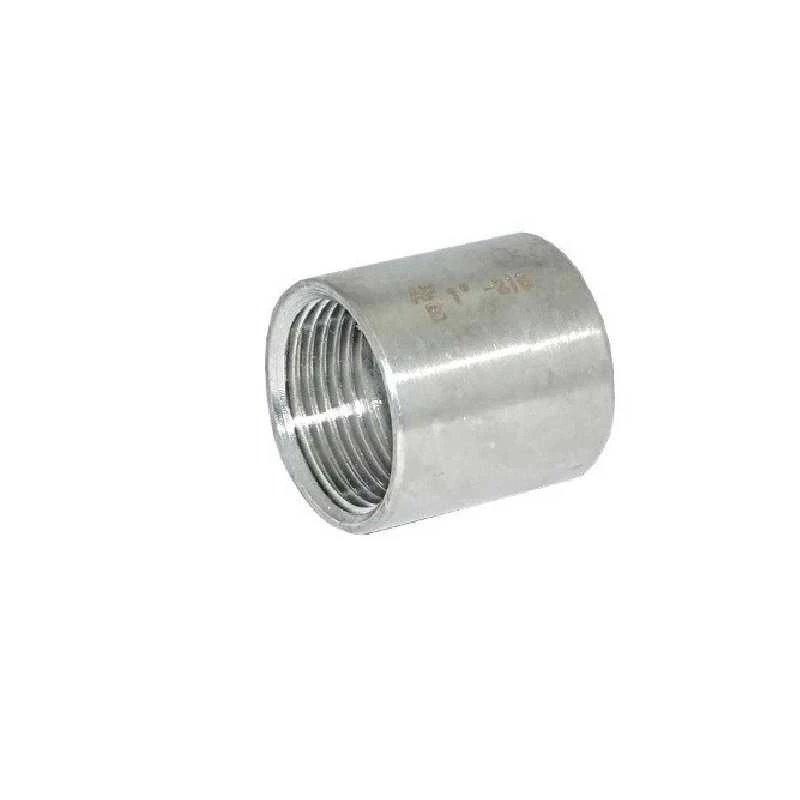-
Cangzhou Yulong Steel Co., Ltd.
-
Phone:
+86 13303177267 -
Email:
admin@ylsteelfittings.com
- English
- Arabic
- Italian
- Spanish
- Portuguese
- German
- kazakh
- Persian
- Greek
- French
- Russian
- Polish
- Thai
- Indonesian
- Vietnamese
- Zulu
- Korean
- Uzbek
- Hindi
- Serbian
- Malay
- Ukrainian
- Gujarati
- Haitian Creole
- hausa
- hawaiian
- Hebrew
- Miao
- Hungarian
- Icelandic
- igbo
- irish
- Japanese
- Javanese
- Kannada
- Khmer
- Rwandese
- Afrikaans
- Albanian
- Amharic
- Armenian
- Azerbaijani
- Basque
- Belarusian
- Bengali
- Bosnian
- Bulgarian
- Catalan
- Cebuano
- China
- China (Taiwan)
- Corsican
- Croatian
- Czech
- Danish
- Esperanto
- Estonian
- Finnish
- Frisian
- Galician
- Georgian
- Kurdish
- Kyrgyz
- Lao
- Latin
- Latvian
- Lithuanian
- Luxembourgish
- Macedonian
- Malgashi
- Malayalam
- Maltese
- Maori
- Marathi
- Mongolian
- Myanmar
- Nepali
- Norwegian
- Norwegian
- Occitan
- Pashto
- Dutch
- Punjabi
- Romanian
- Samoan
- Scottish Gaelic
- Sesotho
- Shona
- Sindhi
- Sinhala
- Slovak
- Slovenian
- Somali
- Sundanese
- Swahili
- Swedish
- Tagalog
- Tajik
- Tamil
- Tatar
- Telugu
- Turkish
- Turkmen
- Urdu
- Uighur
- Welsh
- Bantu
- Yiddish
- Yoruba

Nov . 05, 2024 11:00 Back to list
astm a106 grb pipe specifications
Understanding ASTM A106 Gr B Pipe Specifications
The ASTM A106 Gr B pipe specifications are among the most critical standards in the manufacturing and usage of seamless carbon steel pipes. These specifications are essential for industries that require high-temperature service, and they play a significant role in the oil, gas, petrochemical, and power generation sectors. This article delves into the key features, applications, and importance of ASTM A106 Gr B pipes.
Overview of ASTM A106 Gr B
The ASTM A106 standard, established by the American Society for Testing and Materials (ASTM), outlines the requirements for seamless carbon steel pipes intended for conveying fluids. Specifically, Gr B (Grade B) indicates a particular mechanical property of the pipe. The A106 pipe is characterized by its excellent strength and suitability for high-pressure applications.
Chemical Composition
The chemical composition of ASTM A106 Gr B pipes is crucial for their performance. These pipes are primarily made from carbon steel and typically contain 0.26% to 0.29% carbon, with other alloying elements such as manganese (up to 0.9%), phosphorus (up to 0.04%), and sulfur (up to 0.05%). This blend of materials enhances the pipe's strength, ductility, and corrosion resistance, which are vital for maintaining integrity under extreme temperatures and pressures.
Mechanical Properties
ASTM A106 Gr B pipes must meet specific mechanical property requirements, including yield strength, tensile strength, and elongation. The yield strength is a minimum of 35,000 psi, while the tensile strength should fall between 60,000 to 80,000 psi. Elongation, which measures the pipe's ability to stretch without breaking, must be at least 20% for pipes with a diameter of 2 inches or less, and 21% for larger pipes. These properties ensure that the pipes can withstand operational stresses and thermal expansion without failure.
Dimensions and Tolerances
The standard also specifies the dimensions and tolerances for A106 Gr B pipes. Typically, these pipes come in various sizes, with diameters ranging from ½ inch to 30 inches and wall thicknesses from Schedule 10 to Schedule 160. The manufacturing process must adhere to strict tolerances for dimensions to ensure proper fit in industrial applications. These rigorous specifications help maintain system safety and reliability.
astm a106 grb pipe specifications

Applications
Due to their high strength and versatility, ASTM A106 Gr B pipes are commonly used in several applications
1. Oil and Gas Industry These pipes are extensively used for transporting oil and gas across pipelines, connecting wells to refineries, and supporting high-pressure applications.
2. Power Generation In power plants, Gr B pipes are used in the construction of boilers, condensers, and heat exchangers, where they can handle high temperatures and pressures.
3. Chemical Processing The pipes are also utilized in the chemical industry for transporting corrosive substances safely, thanks to their robust construction and resistance to high stress.
4. Water Supply They can be used in water treatment facilities and other related infrastructures, where high-pressure and temperature conditions are prevalent.
Importance of Compliance
Compliance with ASTM A106 Gr B specifications is crucial for manufacturers and users alike. It ensures the quality, safety, and durability of the pipes, which is integral in preventing catastrophic failures. Pipes that do not meet these specifications can lead to leaks, ruptures, and significant environmental hazards, resulting in costly repairs and potential legal implications.
Conclusion
In summary, ASTM A106 Gr B pipes are an essential material in high-pressure and high-temperature applications across various industries. Their specific chemical composition, mechanical properties, and adherence to strict dimensional tolerances contribute to their reliability and performance. Understanding these specifications is vital for engineers, manufacturers, and end-users to ensure safe and efficient operations in their respective fields. Maintaining compliance with ASTM standards not only safeguards physical assets but also protects the environment and promotes sustainable industry practices.
Latest news
-
ANSI 150P SS304 SO FLANGE
NewsFeb.14,2025
-
ASTM A333GR6 STEEL PIPE
NewsJan.20,2025
-
ANSI B16.5 WELDING NECK FLANGE
NewsJan.15,2026
-
ANSI B16.5 SLIP-ON FLANGE
NewsApr.19,2024
-
SABS 1123 FLANGE
NewsJan.15,2025
-
DIN86044 PLATE FLANGE
NewsApr.19,2024
-
DIN2527 BLIND FLANGE
NewsApr.12,2024
-
JIS B2311 Butt-Welding Fittings LR/SR 45°/90° /180°Seamless/Weld
NewsApr.23,2024











